|
A significant event took place on July 29, 2013, in Huntsville, Alabama, regarding the animal welfare advocacy of our No Kill Huntsville coalition. It was the date of our No Kill Workshop which we held at the downtown branch of the Huntsville/Madison County public library. It was the first time that we took the phrase "No Kill" to the public and used it in an event to reach more people in our region; not just those people who attended the event, but those people who heard about the event in the media. We held the event to reach the public because we felt the time had come to seek public support for shelter reform in our area. We don't talk about it much now - because it is not our focus - but we went public with our issue only after the city declined free help from subject matter experts three months earlier. We felt we had hit a wall in our efforts to communicate effectively with city officials so we asked those same experts to address the public instead. 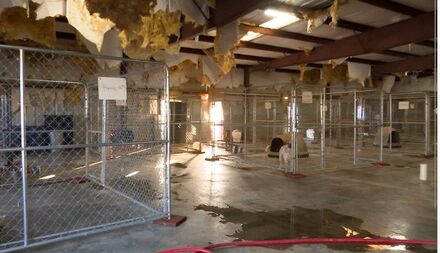 The room we reserved at the library was standing room only. The audience was a mix of animal rescuers, animal advocates, members of the public and even some opponents of our vision who said in advance that they opposed our philosophies and planned to cause a scene. Most in attendance likely did not notice the police officer we hired who stood in the back of the room to keep the peace if anyone got out of hand. Before the event started, we briefed him on our worries that some would cause a disruption and explained that he had been hired as a precautionary measure. He knew nothing about our topic, but picked up on the issues pretty quickly. "Why in the world would anyone oppose saving the lives of more animals?" he asked. Exactly, Officer Newby, exactly. Our workshop speakers were Mike Fry and Kelly Jedlicki. Mike was the award winning director of Animal Ark in Hastings, Minnesota who now leads an organization called No Kill Learning. Kelly is a pediatric nurse by day and also leads an advocacy group called Kentucky Pets Alive. Both did a wonderful job of explaining the phrase "No Kill" to our public and helping them understand some of the elements of the No Kill Equation which we have supported and promoted from the time our organization formed in early 2012. The workshop was scheduled to last 4 hours and could easily have gone on for 8 or 10 hours instead. We write a lot about our promotion of the programs and services of the No Kill Equation as a means to end the destruction of healthy and treatable animals in our municipal animal shelter. We refer to the equation elements which serve to reduce shelter intake as "keep them out" elements. We refer to the elements which serve to increase shelter output as "get them out" elements. Some elements are dual purpose in nature. Our workshop fell under the element called "Community Involvement and Public Relations." It was intended to put the phrase "No Kill" on the public radar and it did just that. 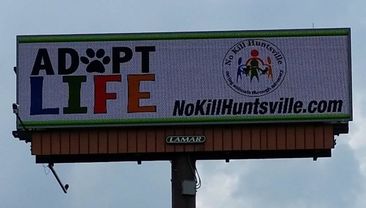 We see the 2013 workshop as one of a series of factors which led to change at the animal shelter. We had a meeting with city and county officials the next day, including Mayor Battle, and our workshop speakers were present. It was after this meeting that the shelter director (who did not attend the workshop) reached out to a member of our coalition to talk about making changes. The progress in the ensuing months was limited, but it was progress and the conversation was changing. We worked hard in the months and years after the workshop to keep the No Kill topic in the public eye using billboards and the media as we engaged in a series of meetings with city officials to continue to promote the No Kill Equation we still promote to this day. We hosted a showing of a documentary film about the No Kill Movement at Lee High School. A few consultants came and went over time, some paid for by us and some who engaged directly with the city to help fine tune program development and give real world advice to overcome problems. At the time we held the workshop in July of 2013, the live release rate at Huntsville Animal Services was 41%. Not quite 2 out of every three animals entering the building were destroyed. The healthy and treatable were destroyed along with the seriously injured and the suffering. By the end of 2014, the live release rate had risen to 73%, meaning that it practically doubled. At the end of 2016, the live release rate was 92%. The average monthly live release rate for the first months of 2017 is 95%. We were told by City Administrator John Hamilton recently that the city has not destroyed any healthy or treatable animals purely for space in almost three years. We would be sugarcoating our process here if we were to say that the last 4 years were easy or have been without conflict. They have not. Our advocacy was a 7-day a week job for years and we found ourselves on the receiving end of a lot of criticism for having the audacity to speak out for the greater good. We were subjected to open hostility by many in the community, some of whom are rescuers, shelter supporters and shelter volunteers. We always went to extraordinary lengths to make our message one of municipal accountability and not one of personal attacks or blame, often arguing among ourselves on word choice in periodic letters to city officials in order to strike the right balance between constructive criticism and respect. That diplomacy was not always returned as some found it necessary to personally attack the messengers for the fact that the message was necessary in the first place. Once the culture at the animal shelter begin to change dramatically and it took less effort to promote No Kill as a philosophy, we all agreed on one point. If someone had told us in early 2012 when we formed our group that the shelter would achieve and then surpass a 90% live release rate in a short period of time, but that we would end up battered, bruised and vilified in the process, we all still would have signed up for that. In a heartbeat. This has never been about us as individuals and has always been about saving the lives of shelter animals. It remains so today and we hope a time comes when we are no longer needed in this capacity at all. Congratulations to the City of Huntsville, our city leaders, the animal shelter leadership and to all of the rescuers, supporters, fosters, volunteers, donors and adopters for the tremendous success achieved at Huntsville Animal Service. We are so very thrilled to know that our geographic area is now considered a safe haven for dogs and cats in need and is an example for other communities to emulate. What a difference 4 years makes. Thanks, Mike. Thanks, Kelly. (workshop crowd image courtesy of WHNT)
0 Comments
|
No Kill Huntsville
Keep up with our updates and latest news regarding Huntsville becoming a no kill community. Archives
January 2022
Categories
All
image courtesy of Terrah Johnson
|
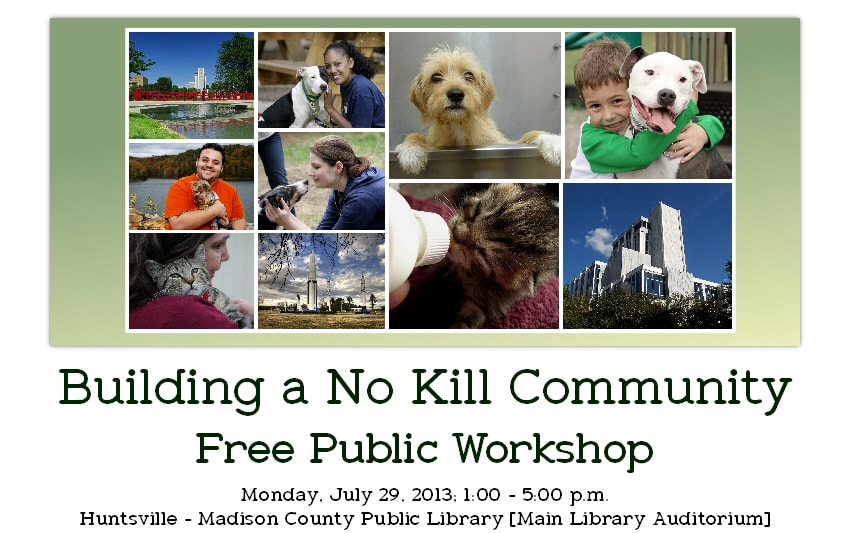
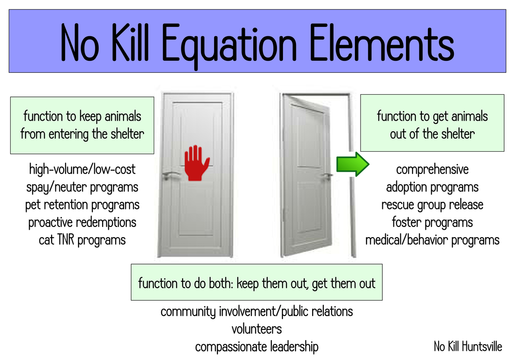
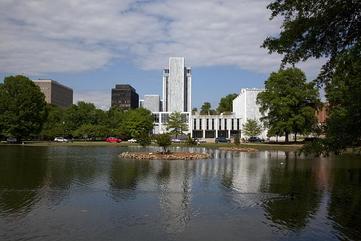
 RSS Feed
RSS Feed
